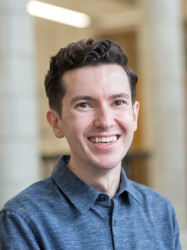BibTex format
@article{Davies:2018:10.1039/C8FD00032H,
author = {Davies, D and Butler, K and Isayev, O and Walsh, A},
doi = {10.1039/C8FD00032H},
journal = {Faraday Discussions},
pages = {553--568},
title = {Materials discovery by chemical analogy: role of oxidation states in structure prediction},
url = {http://dx.doi.org/10.1039/C8FD00032H},
volume = {211},
year = {2018}
}

